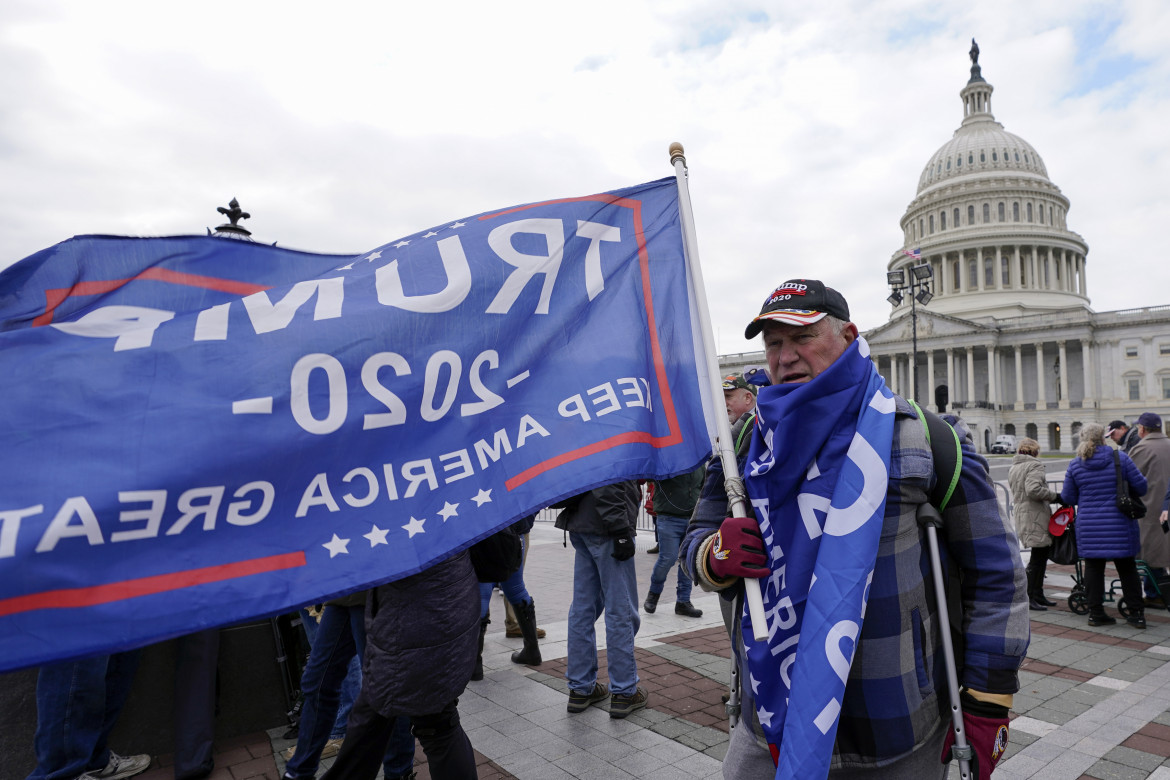Analysis
All Trump’s men: How the coup against America almost worked
The attempt to prevent Biden from taking office was the result of a long planning process, begun months before the January 6 assault.

Sitting in front of our television screens, or hypnotized by news notifications on our cell phones, we have become accustomed to thinking that coups are something that take place in Africa (see Sudan these days) or Latin America, not in our parts. But if “our parts” also includes the United States, with its skyscrapers, Hollywood movies and lively platforms on which we exchange photos and videos, then we’re wrong: coups can happen there too, in the heart of the Empire. Maybe they fail, but just barely, as happened on January 6.
In the last few days, evidence was published that the assault on Congress was not a pro-Trump demonstration by a few hundred extremists who had managed to break through police cordons and then take selfies in the midst of paintings and statues. And, although it was obvious from the first moment that the instigator of the assault was the president himself, the size of the anti-democratic conspiracy was not clear: in recent months, the FBI has arrested only the low-level participants and none of the organizers.
Thanks to the House’s investigation and an in-depth article in Rolling Stone magazine, we now know more: the attempt to prevent Biden from taking office was the result of a long planning process, begun months earlier, which had its ground base at the Willard Hotel in Washington, two blocks from the White House.
The group meeting there included several of Trump’s lawyers, including Rudy Giuliani and John Eastman, several top aides to the president, including his chief of staff, Mark Meadows, and of course Roger Stone, who had begun his career as an election manipulator working with Nixon, nearly 50 years ago. On the morning of January 6, Stone left the hotel with his bodyguards, who belonged to the far-right group Oath Keepers, later involved in the assault on Capitol Hill. There were also several Republican members of the House who had actively participated: Majorie Taylor-Green (Georgia), Andy Biggs and Paul Gosar (Arizona), Lauren Boebert (Colorado), Mo Brooks (Alabama), Madison Cawthorn (North Carolina) and Louie Gohmert (Texas).
The mastermind of the coup plan seems to have been Stephen Bannon, who already on October 1, before the November 3 vote, was accusing the Democrats of wanting to “steal the election,” a statement repeated several times by Trump himself. Bannon launched the idea of “focusing on January 6,” or the day when Congress had to ratify the votes of the delegates of the states in the Electoral College (the American president is elected by these electors, not directly by the citizens).
According to the House Select Committee, “Mr. Bannon is reported to have urged then-President Trump to pressure then-Vice President Michael R. Pence to assist in overturning the results of the 2020 election.” The day before the January 6 attack on Capitol Hill, Bannon predicted that “all hell will break loose tomorrow.” The plan was to convince, or coerce, Pence, as Senate President, to refuse to ratify the electoral votes of certain states, so as to prevent Biden from achieving a majority of 270 delegates out of 538 in the Electoral College. This would have allowed the Republicans to invoke a clause in Article 2 of the Constitution according to which in case no candidate obtains a majority, the task of electing the president passes to the House of Representatives.
That clause would have allowed the re-election of Trump, because it provides that the House does not vote as individual representatives but with just one vote for each delegation from the 50 states. Since the Republicans actually control a majority of the delegations (27 out of 50), although the Democrats have a greater number of representatives, the plan could have succeeded. And this despite the fact that the Democrats had garnered more votes at all levels in 2020: in the popular vote, in the Electoral College vote, and in the vote for the House.
A coup that failed by a hair’s breadth: Pence could have been persuaded by Trump’s phone calls, or by the physical threat posed by the president’s minions, who entered Congress to interrupt the joint session of the two chambers dedicated to the ratification of the election results.
Moreover, this coup plan made use of methods already tried elsewhere, such as in Bolivia in 2019, when Evo Morales was forced to flee with a combination of demonstrations and threats to his life. A method similar to the one used in Brazil, first with the impeachment of President Dilma Roussef in 2016 and then with the scandalous judicial machinations that prevented Lula from standing for election against Bolsonaro in 2018. You don’t need tanks when you can buy off, or intimidate, parliamentarians and judges.
Originally published at https://ilmanifesto.it/tutti-gli-uomini-di-trump-le-menti-del-tentato-golpe/ on 2021-10-27
